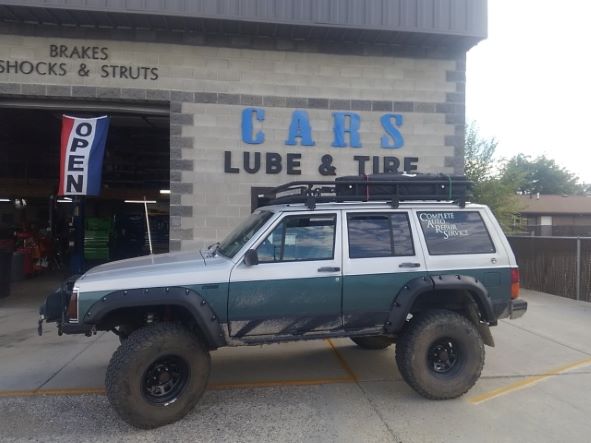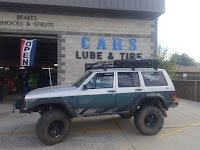Mufflers and Exhaust
1. What is a muffler?
A muffler is a device that is part of your vehicle’s exhaust system. The function of a muffler is to reduce the amount of noise that comes from your vehicle’s engine. The design of the muffler includes steel pipes with chambers inside that have been tuned like an instrument to reflect and cancel most of the noise coming from your engine.
2. What are the benefits of using a high performance muffler?
Not only do high performance mufflers reduce the amount of noise your car makes, they also help increase the efficiency, power output and the performance of your engine. High performance mufflers reduce the amount of back pressure in the exhaust system allowing the engine to work more efficiently. If you really want to give your vehicle a jump start, you should choose a muffler pipe that is larger in diameter and has better air intake like a “cold air intake” style.
3. What types of mufflers are there?
Some of our products include: FlowMaster
DynoMax
MagnaFlow
4. How do I know which type of muffler will be best for me?
Most people don’t have a lot of knowledge about mufflers which is why most people feel a little confused and overwhelmed when choosing a muffler for their vehicle. That is where we come in. We have the knowledge and skills to best help you make your decision. We take the time to find out which type of muffler will more than meet your needs. We want our customers to know that we are here and eager to answer any question or concern you may have.
5. How do I know if I need to repair or replace my muffler?
That is a good question. If your muffler is leaking, been bent or become rusted, chances are it is time for it to be replaced. We are happy to answer any questions or concerns you may have about the condition of your muffler.
Hwy 191 / 6
North of Moab







